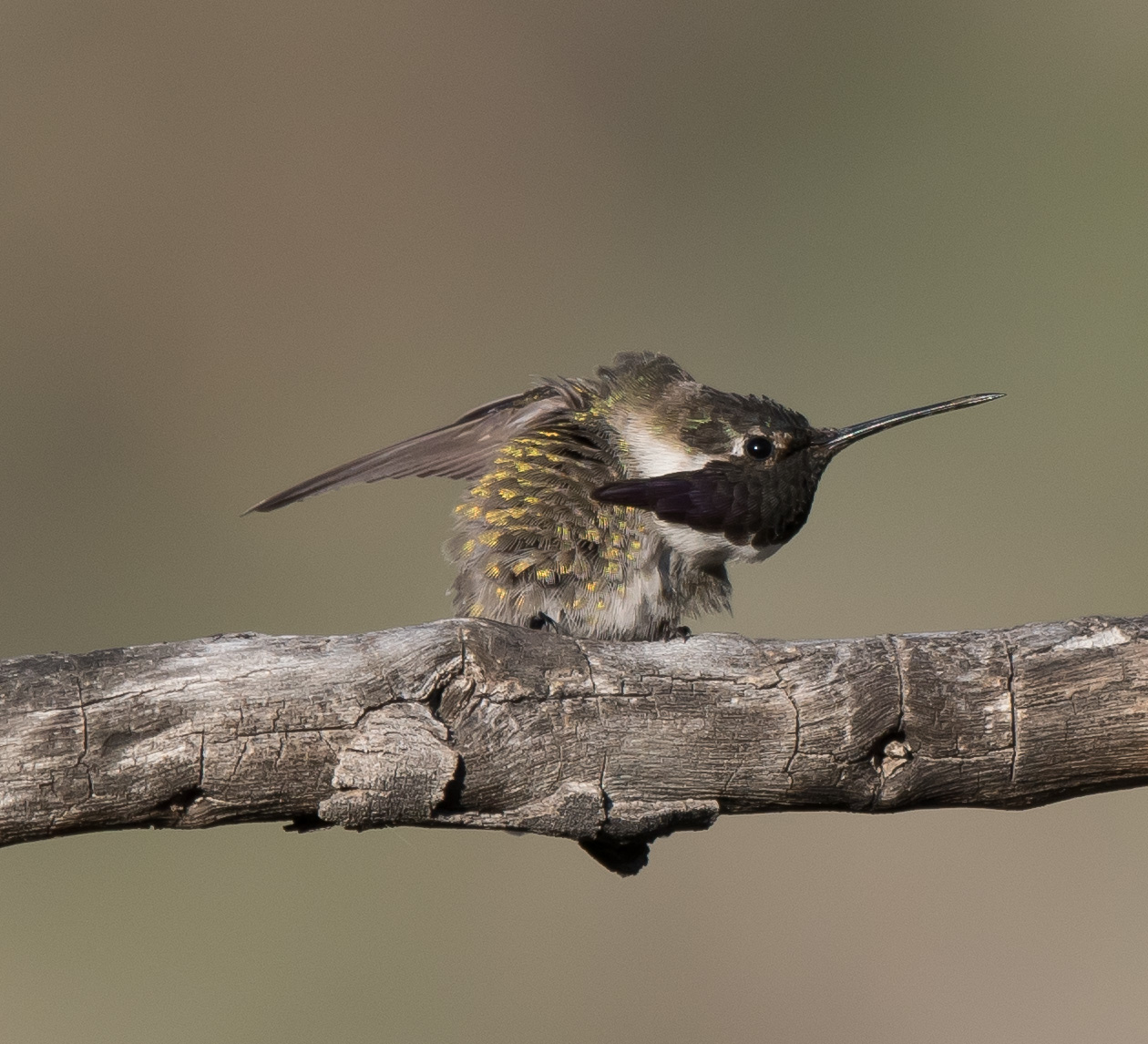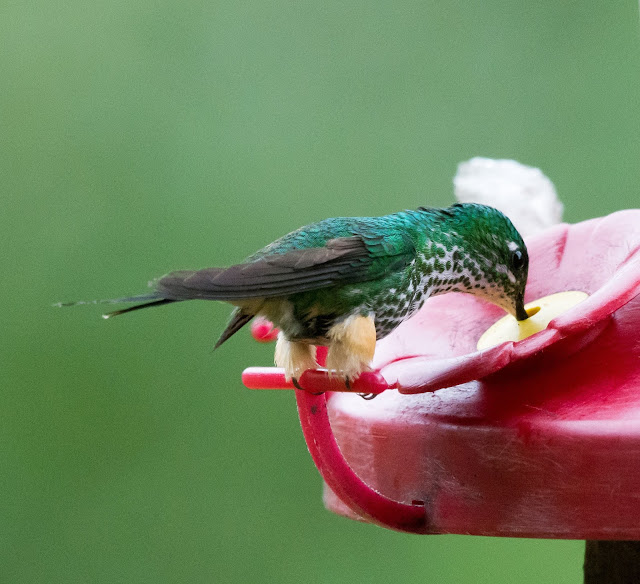Part 2 is also the finale and will be my last post on the birding in Ecuador. This will cover the remaining photos that I was able to acquire and once again, it covers a wide variety of very colorful and different birds. These first photos are a couple of flowerpiercers, which technically, probably could have been included on my first post that covered the tanagers. They are known for using their sharply hooked bills for piercing the corolla of a flower to get at its nectar.
Masked Flowerpiercer
Glossy Flowerpiercer
Great Thrush - This is a handsome thrush!
Saffron Finch
Yellow-breasted Brush-Finch
Pale-naped Brush-Finch
Slaty Brush-Finch
Dusky Chlorospingus
Rufous-collared Sparrow - A very common bird and one I have seen a lot in Mexico as well. This is probably the best photo I have ever gotten of this bird. Good looking sparrow!
Thick-billed Euphonia
The barbets were a couple of species that were high on our want lists and we really enjoyed watching them feed at the various stations.
Red-headed Barbet - Male
Red-headed Barbet - Female
Toucan Barbet
Golden-olive Woodpecker
Pearled Treerunner
Tyrannine Woodcreeper
Inca Jay - A subspecies of the Green Jay
Turquoise Jay
In closing, I would highly recommend Ecuador as a priority birding destination for anyone that wants to get a taste for tropical birds. It is a small country, but the vast amount of habitats really creates a wide diversity of species. I only spent about 10 days and most of that was in higher elevations on the west and east sides of the Andes Mountains. There is so much more to explore. Some of it is still very remote and difficult to reach, but there are also many very nice eco-lodges that cater to the birders and naturalists that want to see some unique flora and fauna.





























































